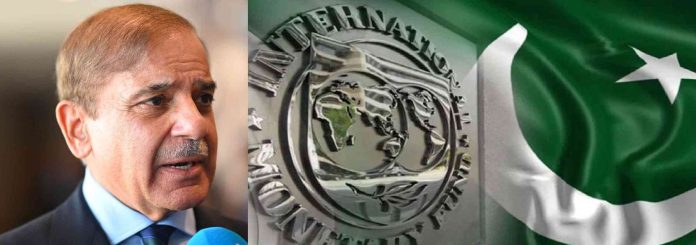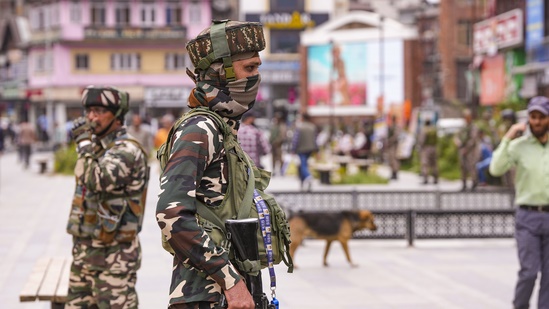At least 48 people have been arrested from Assam for supporting Pakistan, with three being apprehended on Friday, May 9. Three persons named Arif Rehman and Abubin Meraz Uddin SK from Dhubri district and Nasim Uddin Laskar from Cachar, were arrested on Friday.
This comes amid escalating military tensions between India and Pakisgtan following the Pahalgam terror attack and India’s Operation Sindoor in retaliation to it.
“Update on crackdown against traitors for defending Pakistan on Indian soil. So far 48 anti-nationals have been arrested for their treachery,” Chief Minister Himanta Biswa Sarma posted on X.
Meanwhile, in a viral video on social media, the CM can be heard saying, “If anyone shares posts such as Pakistan Zindabad on social media, or found supporting Pakistan in any other way from the soil of Assam, we will thrash them and break their legs.”
Those arrested in Assam might face National Security Act (NSA)
Earlier this week, the chief minister had mentioned at a press conference in Guwahati that the National Security Act (NSA) will be applied to only some of the people arrested, but not on all. There will be categorisation of the arrested persons as some are habitual offenders, while some have done for publicity, Sarma explained.
“There is another category with left leanings who have done it for political reasons. A committee will take the decision on whom NSA will be imposed and it is not going to be a political decision,” he added.
Recently, AIUDF MLA Aminul Islam was arrested on sedition charges for allegedly defending Pakistan and its complicity in the Pahalgam terror attack.
GST is ‘God-Sent Tax’ to fund India’s security: CM Sarma’s jibe at Rahul Gandhi
Rafale jets and S-400 systems don’t just appear — they are built on the strength of our taxpayers.
That’s why GST was never a “Gabbar Singh Tax” — it’s a ‘God-Sent Tax’that unites India and funds its security, growth, and resilience.— Himanta Biswa Sarma (@himantabiswa) May 9, 2025

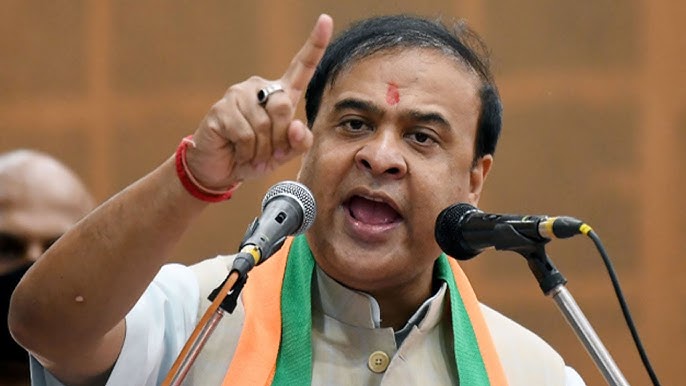

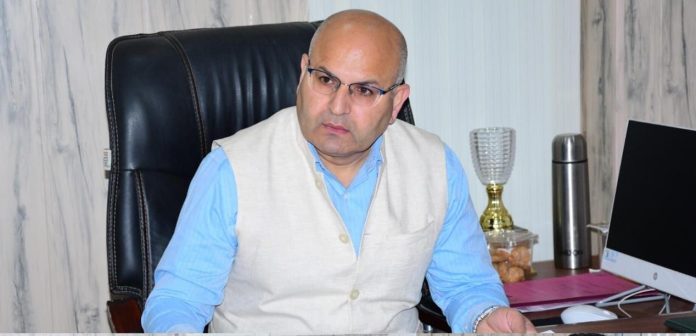

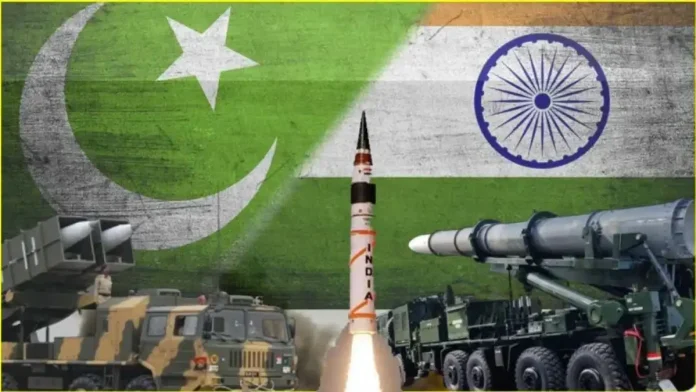

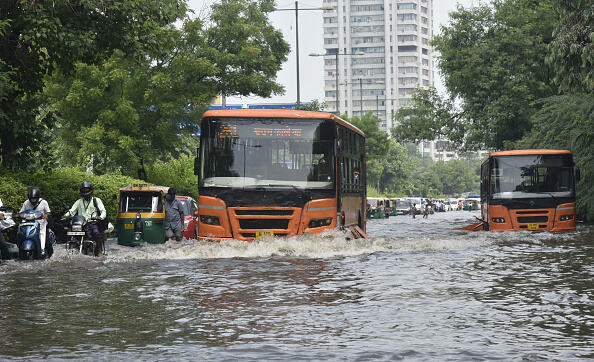
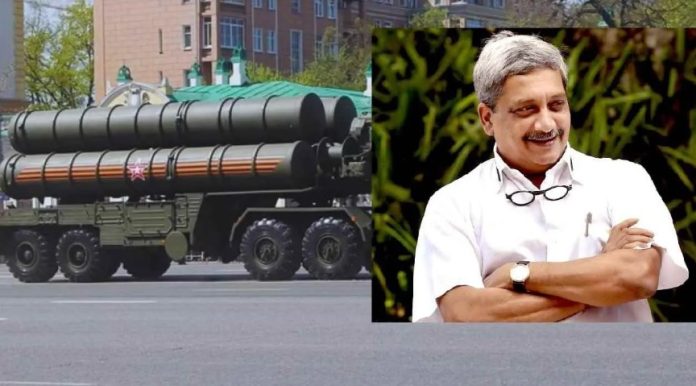
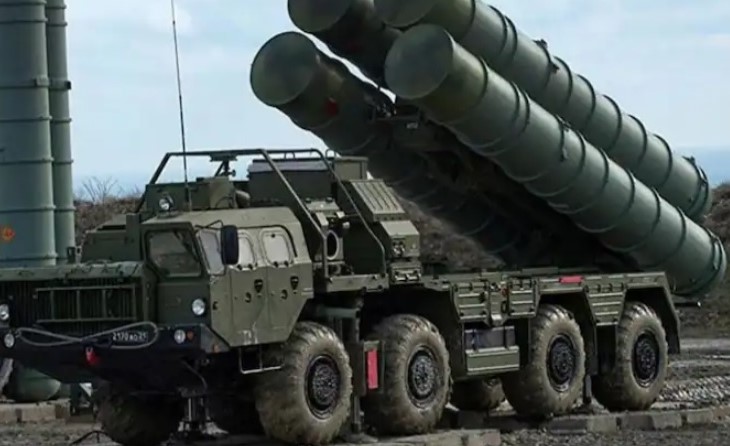

 The above article’s author Rohit Bhagwat heads ZS’s Pune office – the company’s largest in India. He specializes in analytics, consulting, technology, and operations within the healthcare industry. With expertise in delivering advanced analytics programs across R&D, commercial, and enterprise functions, Rohit focuses on cultivating strategic relationships through an emphasis on innovation, quality, and service. Rohit has an MBA from the Indian School of Business, Hyderabad, and a B.Tech in Electronics Engg. from IIT-BHU, Varanasi.
The above article’s author Rohit Bhagwat heads ZS’s Pune office – the company’s largest in India. He specializes in analytics, consulting, technology, and operations within the healthcare industry. With expertise in delivering advanced analytics programs across R&D, commercial, and enterprise functions, Rohit focuses on cultivating strategic relationships through an emphasis on innovation, quality, and service. Rohit has an MBA from the Indian School of Business, Hyderabad, and a B.Tech in Electronics Engg. from IIT-BHU, Varanasi.